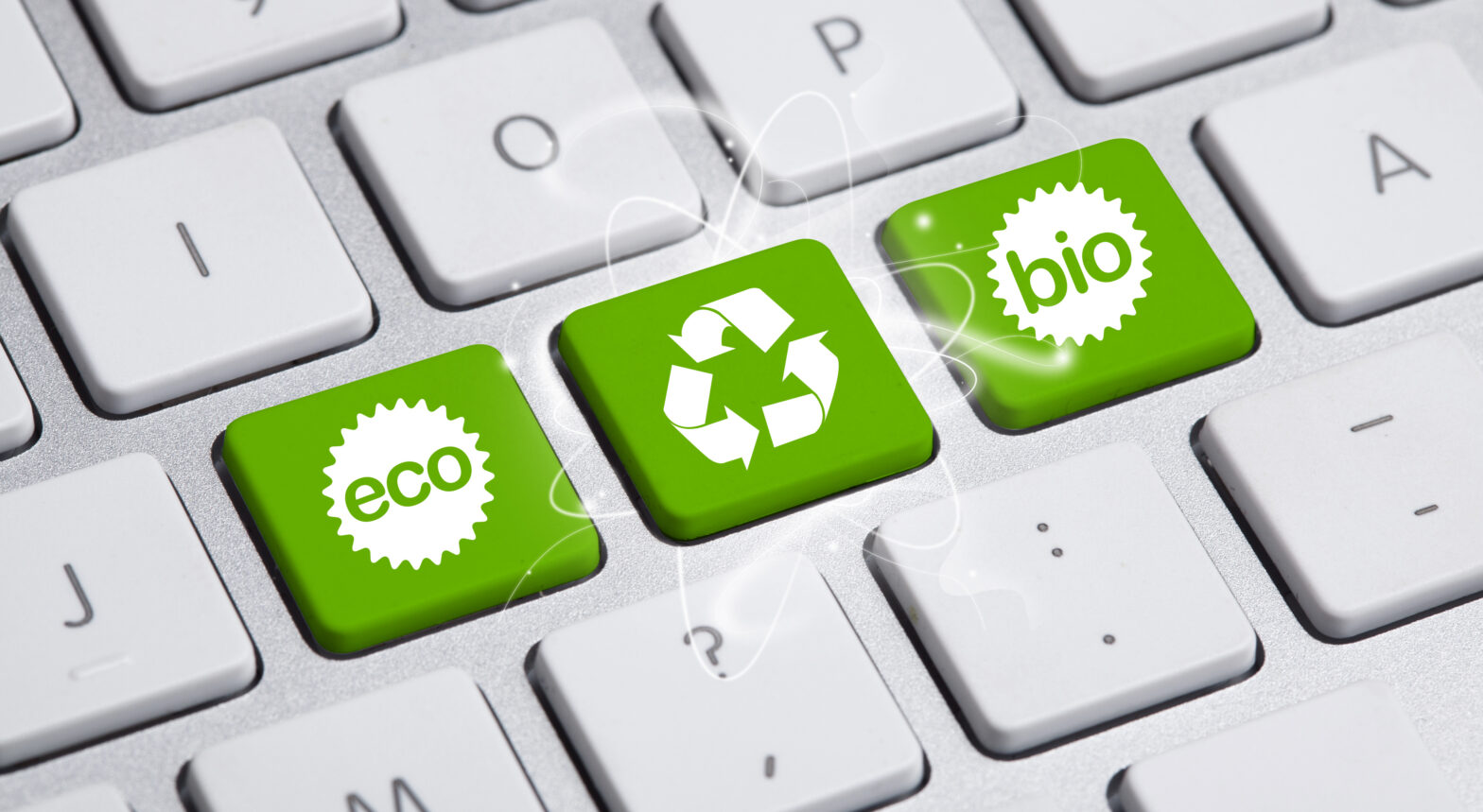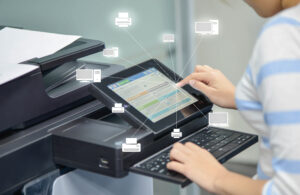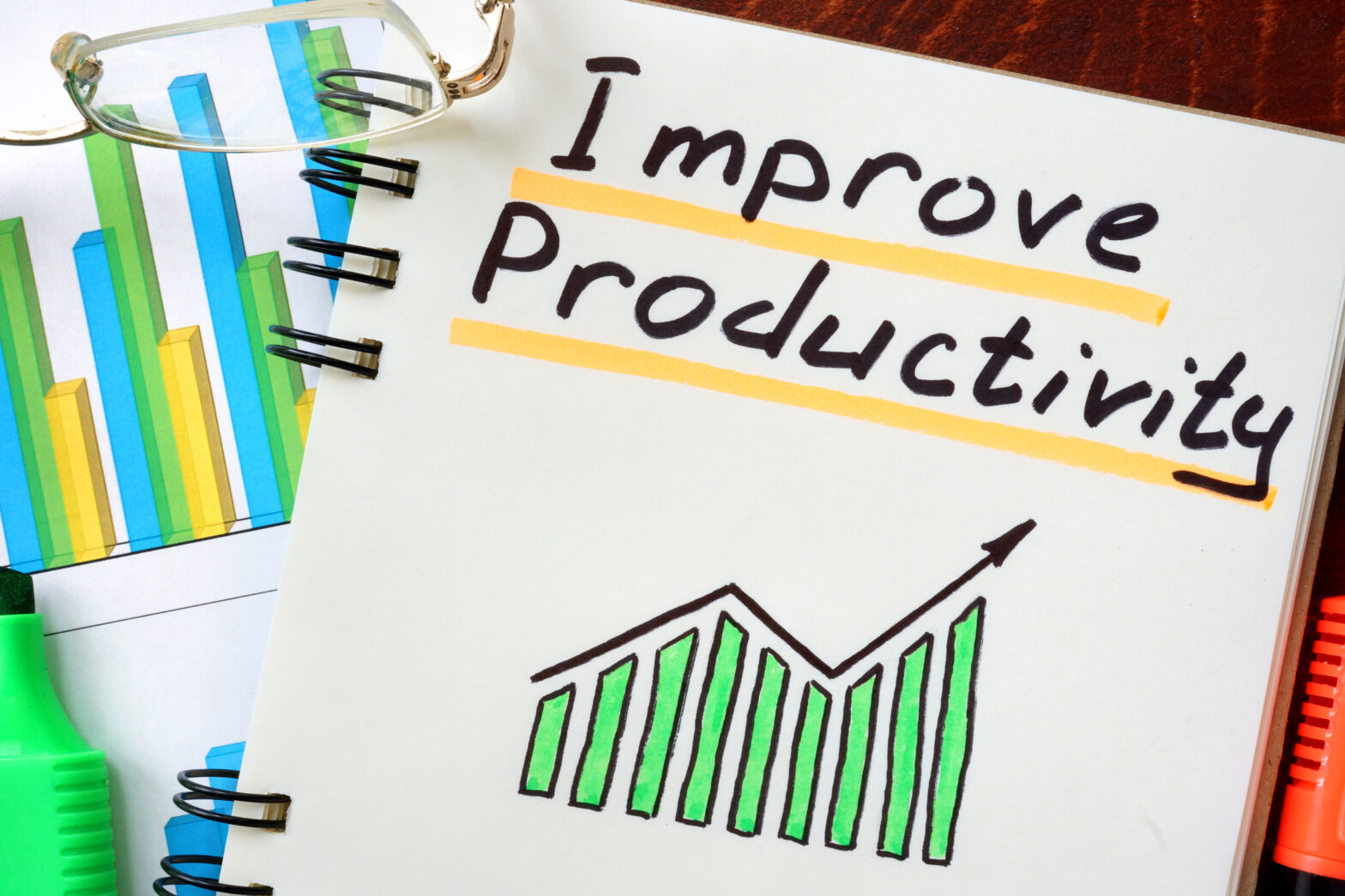Reducing your carbon footprint doesn’t just help protect the environment, it can also boost your company’s productivity and bottom line in unexpected ways.
Flexible working
Flexible workspaces, which you hire by the hour, day or week, have made inroads into how many of us work.
According to workspace provider Instant, the number of flexible workspaces in Britain grew by 10 per cent in 2017, offering 824,000 desks across the UK. London alone grew by slightly less at 9 per cent with more than 1,300 flexible office locations available across the capital.
What this means is that your office can expand and contract on a day-to-day basis, according to the needs of an increasingly self-employed workforce.
Staff do not have to travel in to a fixed office, saving their travel time — which they can then use to be more productive off-site.
Julien Parven of IT services business Daisy Group, says his team has already adopted this way of working.
“Snake People want to work beyond the 9-5:30 and they work when and where they want,” says Parven. “Flexible working improves productivity because it increases employee satisfaction, empowering them and making them feel more fulfilled.”
Another plus is that the latest generation of flexible office space incorporates energy-saving smart lighting and heating, saving you money – and helping to save the planet.
Cloud computing
According to Eurostat, 17 per cent of small businesses in Europe already store information, documents and data in the public cloud.
Here in Britain, Amazon Web Services dominates the public cloud market with a 54 per cent share, with Microsoft Azure is catching up (41 per cent).
Apart from security – no need to worry if your server goes on the blink, your data is safely being warehoused offsite — cloud computing lowers your energy bill — you don’t have to use all that electricity feeding an ageing hungry server 24/7.
Rather than using power to run expensive air conditioning to cool that server – and having somebody permanently on site to troubleshoot problems – cloud computing has another green benefit: external data centres take advantage of more energy-efficient systems and better cooling technologies.
Says Parven: “There’s a legacy comfort in having a server winking away in one corner but having more companies sharing a server in the public cloud means greater efficiency. Being able to share services via fibre or ethernet is a long way removed from having a server cooled by air conditioning.”
Teleconferencing
Travel, particularly international air travel, contributes to carbon dioxide in the atmosphere. Reducing the amount of travel that your company has to do is hugely beneficial – and technology can help. Think of all that time wasted travelling to and from airports.
Video- and teleconferencing systems have been around for a long time.
‘In today’s money, the three-and-a-half-hour conversation cost a staggering £105,000’
In fact, the very first teleconference call took place in 1915, when US President Woodrow Wilson took part in a shared telephone conversation with executives of AT&T instigated by the inventor of the telephone, Alexander Graham Bell. The call, which connected New York and San Francisco, involved stringing copper wire across the whole of the United States. In today’s money, the three-and-a-half-hour conversation cost a staggering £105,000.
Today, that same video conference call right from where you’re sitting using Skype or Google Hangouts is effectively free. For shorter meetings, these are a good alternative to a face-to-face gathering.
Parven believes there is an age divide in offices between younger employees who embrace the idea of using Skype or Google Hangouts to conduct meetings, and older staff who still prefer to meet face to face.
Parven says: “Using Skype has reduced our travel budget over the last two to three years. Some of these technologies have yet to make their presence felt in medium-sized businesses. Yet adoption will absolutely increase as those costs come down, allowing companies to take advantage of video conferencing and sharing collaboratively.”
Latest generation laptops
Laptops and mobile devices are built with low-power components so that their batteries last longer. This means that they draw less power than a traditional desktop computer, reducing running costs.
One of the benefits of the latest generation of laptops is that they also automatically power down into energy-saving mode when not in use, again reducing energy consumption.
Also, equipping staff with laptops rather than old-fashioned desktops also reduces power consumption in that you’d have had to separately power the monitor and the CPU.
And, as we have seen above, mobile devices and laptops also make your business more flexible, with your employees able to work from anywhere at any time, boosting productivity.
Smart printing
How many of us are guilty of sending a document to print, only to realise that we didn’t need it anymore and it’s left to moulder in a pile of other unwanted documents?
Upgrading your printer means your new device will include smart functions, such as having double-sided printing as standard — reducing waste paper — and using security log-ons to ensure staff don’t just print-and-forget, adding to the waste paper mountain.
You might be unpleasantly surprised to learn how many sheets of paper end up in the recycling bin. Of course, it’s good to recycle, but you still need to replenish your stock of A4 paper, as well as ink cartridges, more frequently than you often budget for.
And then of course there’s the cost of the ink. The average cost of printer ink is $50 per ounce, which makes it more than three times more expensive than an ounce of silver.
Plus, a smart printer automatically shifts into standby mode to conserve electricity when not in use.
Encouraging staff to just print the document they need, rather than wading through reams of other people’s forgotten printouts, also means they spend their time more efficiently.
Parven says: “We used to carry around a lot of paper and there was a comfort in that. The latest generation of security-pass enabled printers reduce the need to print. And, when you think about it, the whole point of email is that it’s electronic mail – it’s not meant to be printed on paper.”
This article is brought to you by Dell Small Business. To find out more, click here







